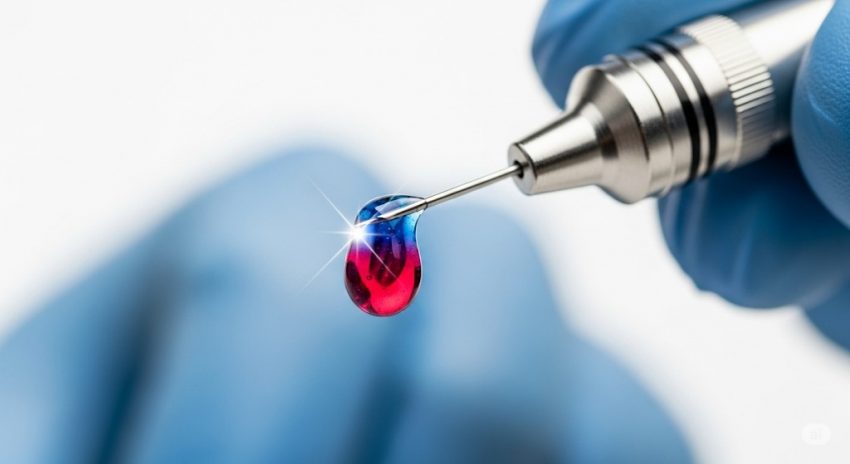The medical aesthetics industry is experiencing unprecedented growth, driven by evolving consumer demands, technological innovations, and changing perceptions of beauty and wellness. Global medical aesthetics market valued at $15.59B in 2023, reached $17.16B in 2024, and is projected to grow at a robust 12.8% CAGR, hitting $35.32B by 2030. This remarkable trajectory underscores the sector’s resilience and ability to adapt to changing market dynamics.
Download PDF Brochure:
https://www.marketsandmarkets.com/pdfdownloadNew.asp?id=885&utm_source=reportsnreports.com&utm_medium=referral&utm_campaign=kk20
1. Rising Popularity of Non-Invasive and Minimally Invasive Procedures
Non-invasive and minimally invasive aesthetic treatments are dominating the market, appealing to consumers seeking quick results with minimal downtime. Procedures such as Botox, dermal fillers, laser skin resurfacing, and chemical peels have surged in popularity due to their safety profiles and reduced recovery times. Advancements in laser technology, energy-based devices, and micro-needling systems have expanded the scope of treatments, enabling practitioners to offer highly targeted, effective solutions. Social media platforms amplify this trend by normalizing cosmetic enhancements and making them more accessible to a broader demographic. Younger consumers, in particular, are opting for preventative treatments, while older demographics seek subtle rejuvenation rather than drastic changes. This shift has expanded the consumer base beyond traditional beauty-focused segments to include wellness-conscious individuals looking to maintain a youthful, healthy appearance over time. The appeal of walk-in, lunch-break treatments combined with steadily declining costs ensures this trend remains one of the most influential forces in the industry.
2. Integration of AI and Digital Consultation Tools
Artificial Intelligence (AI) and digital platforms are transforming patient engagement in medical aesthetics. From AI-powered facial analysis tools to virtual try-on applications, these technologies enable personalized treatment planning and enhanced patient education. Clinics now offer virtual consultations, reducing barriers for clients hesitant to commit without understanding the potential results. AI algorithms analyze skin conditions, facial symmetry, and aging patterns to suggest tailored treatment regimens, improving both efficacy and patient satisfaction. Furthermore, AI-driven imaging allows clients to visualize post-procedure outcomes before committing, fostering trust and reducing post-treatment dissatisfaction. This digital shift also streamlines operations, allowing practitioners to maintain detailed patient histories, automate follow-ups, and track treatment progress in real-time. In an increasingly competitive market, these technologies not only improve patient experience but also boost conversion rates, making AI adoption a business necessity rather than an optional add-on. The result is a more data-driven, efficient, and customer-centric approach that aligns perfectly with modern consumer expectations.
3. Growth in Male Aesthetic Treatments
Historically, the medical aesthetics market was dominated by female clientele, but the male segment is rapidly expanding. Men are increasingly seeking treatments such as hair restoration, non-surgical body contouring, dermal fillers, and skin rejuvenation to enhance their appearance and confidence. Changing societal norms, the influence of social media, and the increasing emphasis on personal branding in professional environments are driving male participation in the aesthetics space. Clinics are responding by tailoring services and marketing campaigns specifically for male clients, highlighting subtle, natural results that maintain masculinity. This growth has also spurred innovation in treatment protocols to accommodate male skin structure, facial anatomy, and aesthetic goals. Additionally, more men are embracing preventative treatments in their 30s and 40s, aiming to delay visible signs of aging. The segment’s rapid adoption indicates that male-focused aesthetics will become a core growth driver in the next decade, reshaping the demographic profile of the industry’s consumer base.
4. Personalized and Combination Treatments
The era of one-size-fits-all in aesthetics is over. Consumers now demand highly personalized treatment plans that combine multiple modalities for synergistic results. This approach can integrate injectables, laser treatments, skin tightening devices, and advanced skincare regimens into a single comprehensive plan tailored to each patient’s unique needs. Personalization not only delivers superior aesthetic outcomes but also builds long-term client loyalty, as patients perceive a higher value in bespoke services. Practitioners are increasingly relying on diagnostic imaging, genetic testing, and lifestyle assessments to customize treatments at a deeper level. Combination therapies also allow for more holistic facial and body rejuvenation, targeting multiple concerns simultaneously while reducing total downtime. As technology continues to advance, the integration of precision medicine principles into aesthetics will further enhance this trend, making it one of the most compelling growth areas for both patients and providers.
5. Medical Tourism and Cross-Border Aesthetic Demand
Medical tourism in aesthetics is booming, fueled by competitive pricing, high-quality services, and specialized expertise in emerging markets. Countries like South Korea, Turkey, Thailand, and Mexico have become leading destinations for cosmetic procedures, attracting international clients seeking affordability without compromising quality. This trend is further supported by travel packages that combine medical services with luxury tourism experiences. Patients are drawn by the opportunity to access advanced procedures, renowned specialists, and innovative technologies often at a fraction of the cost in their home countries. Regulatory improvements and international accreditation for clinics have bolstered trust and safety perceptions, encouraging more cross-border treatments. However, this trend also presents challenges for local markets, which must compete on both quality and price while ensuring patient safety and aftercare. As global connectivity and digital marketing expand, medical tourism is set to remain a pivotal force in shaping the competitive landscape of the medical aesthetics industry.

